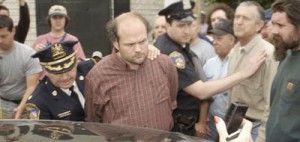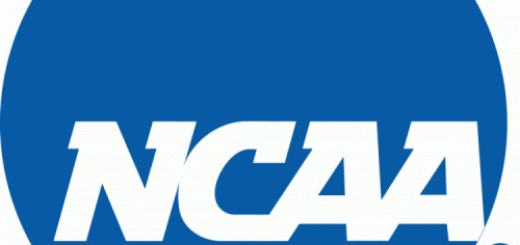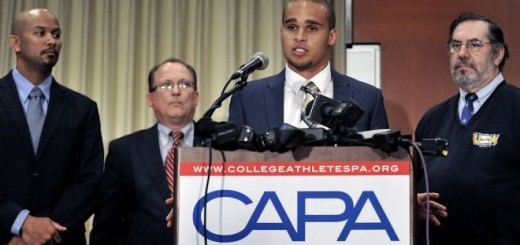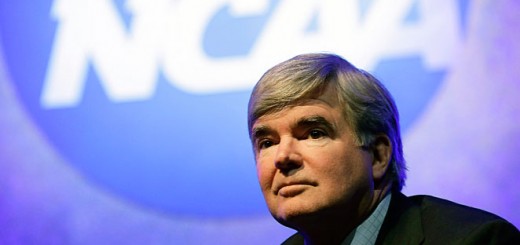
Union leader, Frank Sabotka from HBO’s “The Wire”
So Kain Colter is leading the charge to unionize college football players as the next step from his “All Players United” protest armband. Hopefully union leadership is kinder to him than it was to poor Frank Sobotka on the Baltimore shipyards…
While perhaps a monumental moment in the rights of college athletes, there is one threshold question, which must be addressed. For the purposes of unionizing, are college athletes employees of the university or college?
Under the National Labor Relations Act, which governs union activity, “Employees shall have the right to self-organization, to form, join, or assist labor organizations.” Unfortunately the definition of “employee” under the NLRA is somewhat circular and does not provide any guidance here. While the question of whether or not college athletes are employees may seem germane, it has actually received much coverage in the realm of worker’s compensation.
COURTS ADDRESS THE ISSUE
ESPN’s coverage only grazes the surface of the long legal history of whether or not college athletes are employees. The case which ESPN references is University of Denver v. Nemeth . In 1953, a student, who due to his football prowess was awarded an on campus job maintaining tennis courts, was injured and filed a worker’s compensation claim. After a trial and an appeal, the Colorado Supreme Court ruled he was an employee, referencing the fact that his employment (on the tennis courts for which he was compensated separately from his scholarship) was conditioned on his football participation. ESPN is not correct however in stating that no legal body has recognized student athletes as employees since that time.
In 1963 in Van Horn v. Industrial Acc. Commission a football player who was granted a cafeteria job in exchange for his football performance was injured on the football field. A California court of appeals held that this individual was an employee, but also stated, “It cannot be said as a matter of law that every student who receives an athletic scholarship and plays on the school athletic team is an employee of the school”, effectively limiting its decision to that particular case.
Additionally, some states explicitly address scholarship athletes in their worker’s compensation statutes. Nevada expressly covers scholarship athletes while Hawaii and California expressly exclude scholarship athletes.
Despite these two cases and a Nevada statute, the weight of authority casts a grim picture for Mr. Colter. Four years after Nemeth, the Colorado Supreme Court heard the similar case of State Compensation Insurance Fund v. Industrial Accident Commission. In that case, Ray Herbert Dennison, a college football player on an athletics scholarship was injured. Like Nemeth, Dennison worked at the university outside of his athletics, however Dennison’s job was not conditioned on his playing football. The Colorado Supreme Court denied Dennison’s claim, distinguishing his case from Nemeth since Dennison’s employment in the lounge was not conditioned on football participation, effectively reversing itself from the Nemeth decision.
The supreme court of Indiana has also addressed the issue in Rensing v. Indiana State University Board of Trustees . In determining that Rensing, a football player who was injured at practice, was not an employee, the court noted that the NCAA bylaws were incorporated by reference into the scholarship agreement. Since these bylaws are inconsistent with an employer/employee relationship, the court found that an employment relationship did not exist. The court also found the university lacked the level of control employers usually have over their employees and that the IRS does not tax student athletes on their scholarships.
Joining the party of finding that scholarship athletes are not employees are a court of appeals in Michigan (Coleman v. Western Michigan University in 1983), a California Worker’s Compensation Appeals Board (Cheatam v. Worker’s Compensation Appeals Board in 1984[1]), and a Texas court of appeals (Waldrep v. Texas Employers Insurance Association in 2000). These decisions show a clear trend that courts are not likely to consider a student athlete an employee for the purposes of their participation in athletics.
LEGAL FRAMEWORK UTILIZED
When analyzing the issue of whether or not a scholarship athlete is an employee, courts use a variety of legal tests. The first, and most common is the “control” test. This looks at how much control the employer has over the individual. In finding that scholarship athletes are not employees, courts usually note that the athletes cannot be terminated from their scholarship (at least within each renewable period), the fact that the university cannot exert more control over scholarship athletes than it can over other students. The court in Waldrep noted that the ability to set meeting times and regulations (aka practices and team rules) did not rise to the level of control necessary to trigger an employment relationship
Another test is the “intent” test. The intent test measures whether or not the parties mutually intended to enter into an employment arrangement. This test is often used when analyzing a potential independent contractor, but given the stated position of the NCAA, the language of the student athlete statement (the document which triggers the scholarships) and the current collegiate sports landscape, it seems unlikely that anyone would think the institution intended and employment agreement.
The final test that is used is the “predominant purpose” test which looks at the predominant purpose of the “employer”, or in this case the institution, and the degree of involvement of the “employee” in that purpose. While the revenue streams from college sports have grown tremendously, it would seem a stretch to argue that a university’s main purpose is to have an athletics program. Arguments have been made that college athletes are employees of the athletics department (See Mark Whitmore’s Iowa Law Revue Article, “Denying Scholarship Athletes Worker’s Compensation: Do Courts Punt Away a Statutory Right”). However this segmentation does not seem appropriate. College athletics are popular because they are associated with educational institutions, so treating the athletics department, as a separate body does not make sense.
CONCLUSION
So in conclusion, Kain Colter and his fellow “All Players United” will face a very tough battle on a threshold issue of whether or not they are employees. With rare exceptions as discussed above, courts have consistently ruled that scholarship athletes are not employees, and unless a new legal framework is cultivated for analyzing this issue (ask Curt Flood whether or not something like that is likely), it would seem unlikely for a court to find otherwise.
[1] 49 cal.comp.cas 54 (1984).



Recent Comments